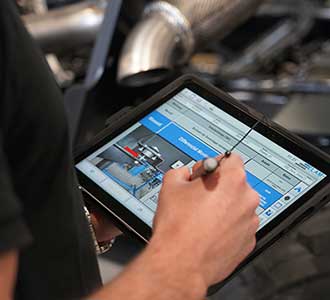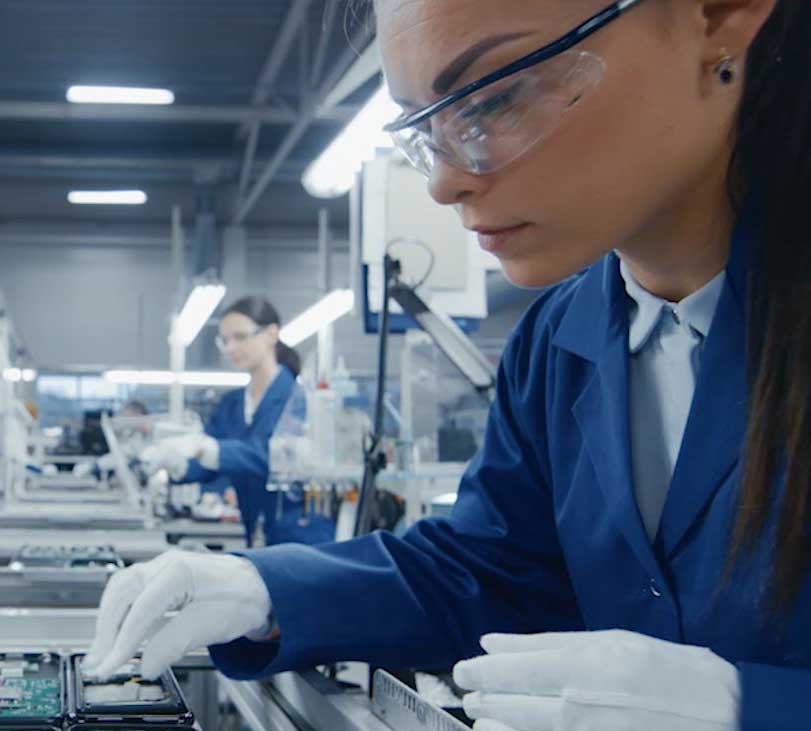The Inefficiency of Manual Fastening
Complex assemblies often require hundreds of fasteners. In today's fast-paced manufacturing environment, manual fastening processes struggle to match the efficiency and precision offered by smart fastening systems. Manual processes become increasingly impractical when numerous fasteners, each with distinct requirements, are involved. Human operators are tasked with remembering each fastener's specifications, tightening them at varying angles and torque levels, and manually verifying and documenting the results. This approach is inherently inefficient and error-prone.
Documentation Challenges
Standards like VDI/VDE 2862 are being adopted industry-wide, necessitating comprehensive documentation to prove compliance. Meeting these requirements demands significant effort, especially with manual data collection methods that don't directly generate value. Failure to meet these documentation requirements can lead to organizational risk.
Reducing Errors and Risks with Smart Fastening
The risks associated with manual fastening, both in terms of product failure and product liability, can be significantly mitigated by implementing smart fastening systems. These systems combine smart tightening and riveting tools with robust data collection and visualization software, offering several tangible benefits. Smart fastening systems enhance the assembly process's efficiency. They automate sequencing and counting, ensuring each fastener is tightened accurately and in the correct order. Automation reduces the risk of errors from manual operations, leading to reduced rework and scrap rates. Smart systems also monitor fastening data, sending alerts for calibration, repair, or maintenance, minimizing unexpected downtime and boosting productivity.
Unlocking the Potential with Smart Factory Assembly
Smart fastening is a cornerstone of Bossard's Smart Factory Assembly. Whether you're transitioning from manual fastening or seeking to enhance your existing connected smart tools with Proven Productivity expertise, we have a solution tailored to your needs. Our range of battery-operated and corded fastening devices can kickstart your digitization journey. Additionally, we offer integration of your current connected devices with Smart Factory Assembly's data collection and visualization software.
Contact us today to take advantage of the accuracy, speed and productivity offered by Bossard's Smart Factory Assembly solution. Revolutionize your assembly processes with smart fastening.
Get in touch with us to learn more



